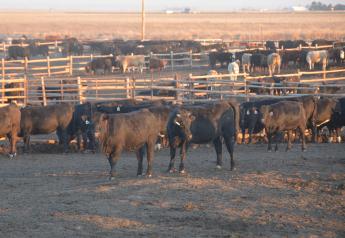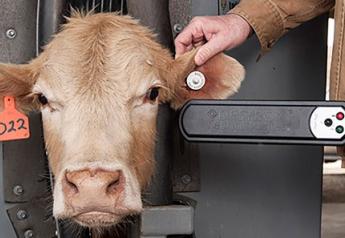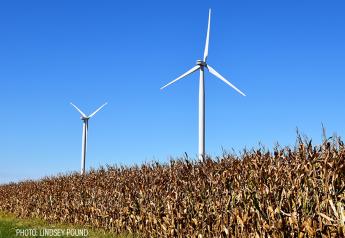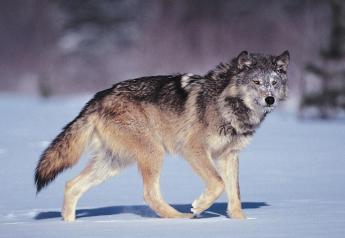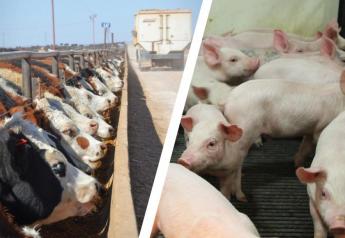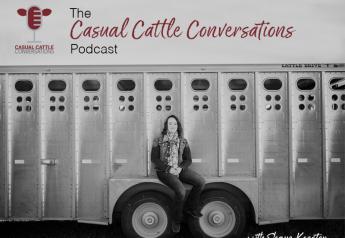Nalivka: 2014 Record Feeder Cattle Prices Today, What If?
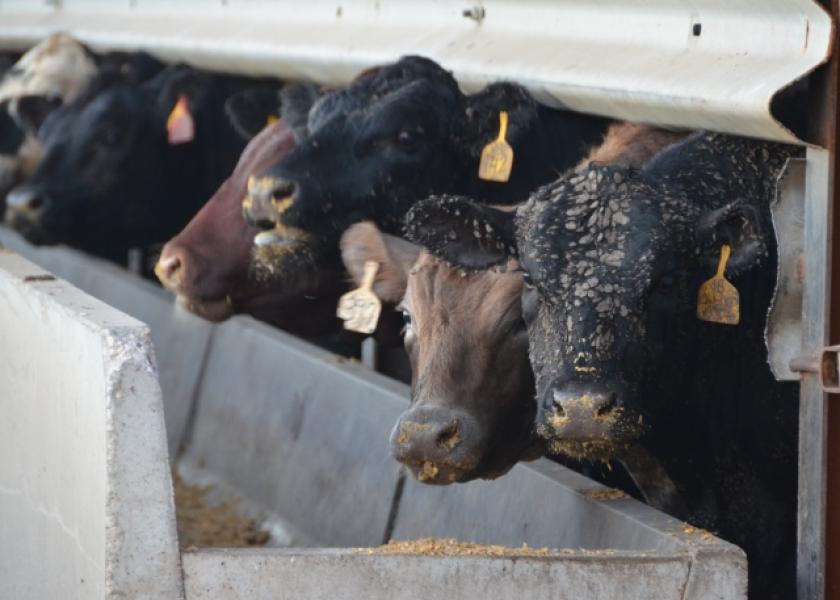
We all remember and often refer to 2014 in the cattle cycle. Cattle prices were record high following 3 years of severe drought that pushed the cattle inventory to a 50-year low. Cattlemen went to the bank with record profits that year. With costs of production for ranches soaring and driven largely by record fuel and hay prices, I often hear the comment, we need 2014 prices. I probably wouldn’t argue with that statement but there is a major problem – cost of gain in the feedlot is record high.
Let’s bring those feeder prices from 2014 up to the current time and generate a what-if analysis. The first cost of feeder cattle being placed in the feedlot reached a record during the week of October 14, 2014 and averaged $244/cwt. Those cattle had a total cost of gain of $427 including feed, yardage, interest, vet med, and processing generating a breakeven of $165/cwt for their March 2015 marketing date. If they received the average negotiated cash price of $163/cwt that week, they lost $27 per head.
So, what if feeders last week were the same price as those described in the 2014 scenario above? Using the 2014 feeder price from above, the first cost of the feeder into the feedlot would be $244/cwt or $1,891 per head (775 lb.), a $700/head improvement over this year’s feeder price of $154/cwt or $1,193 per head. That would definitely make the ranch P & L look better! But here is the problem – cost of gain the feedlot in 2022 versus 2014.
Record high grain prices this year have pushed the total cost of gain in the feedlot to $724 (Sterling Marketing estimate). Feeder cattle last week priced at the record $244/cwt paid in 2014 and finished at 1,400 lbs. with current cost of gain would yield a breakeven price of $187 when they are marketed in November. I am forecasting a 5-area direct negotiated price that month of $139 which if sold at the price, yields a loss of $672 per head. Regardless of the current supply situation, cost of gain alone is negative to feeder cattle prices. How about adding a premium to the finished cattle? Using the current Natural premium of $33/head on an 880 lb. carcass adds $292 per head to marketing value which in turn reduces the per head loss to $400 which is an improvement but still not one that many cattle feeders would want to take to the bank.
One last note, cattle placed on feed in the spring of 2015 at near record prices and marketed in November and December 2015 lost as much as $800 per head!


